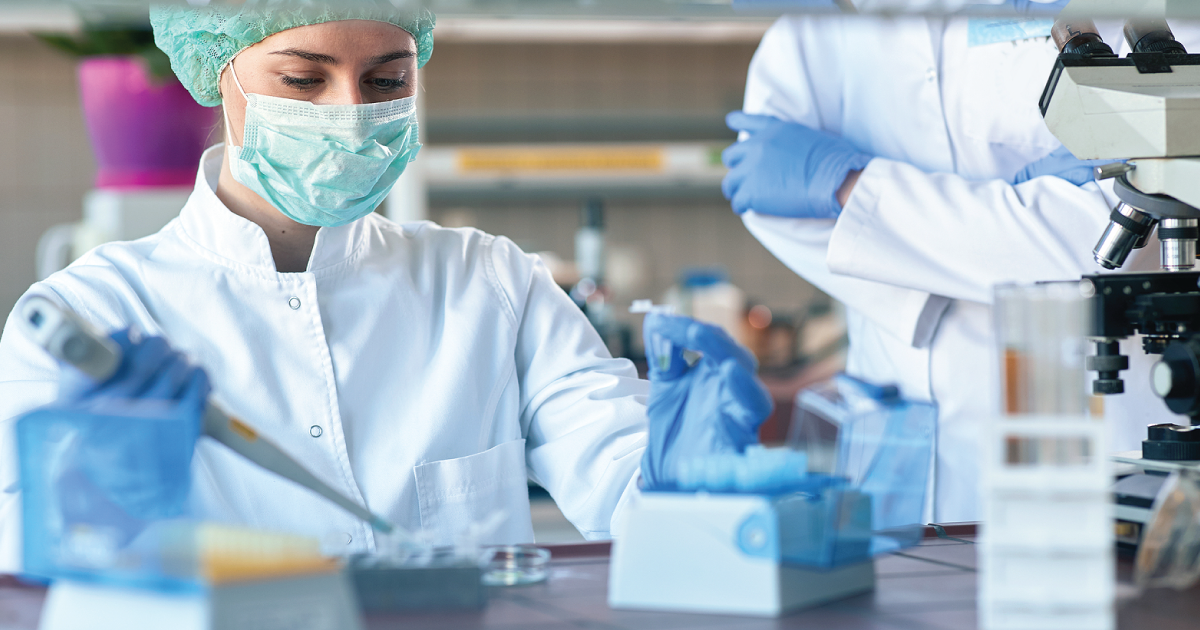
Should Scientists Be Allowed To Enhance Pandemic Pathogens?
By 2014, the H5N1 avian flu killed 386 people worldwide. While serious, the number of casualties is by no means earthshaking—until one realizes that the total number of people infected was only 650. The fatality rate was a staggering 60%. When compared to COVID-19’s fatality estimates of around 1% (Sullum, 2021), the earth indeed begins to tremble.
The following article appeared in over 125 syndicated outlets across the globe.
By 2014, the H5N1 avian flu killed 386 people worldwide. While serious, the number of casualties is by no means earthshaking—until one realizes that the total number of people infected was only 650. The fatality rate was a staggering 60%. When compared to COVID-19’s fatality estimates of around 1% (Sullum, 2021), the earth indeed begins to tremble.
Fortunately, that strain of avian flu does not pass easily between people. The 650 cases were spread out over 11 years. Those who became sick typically spent a lot of time among infected birds. But in experiments that created shockwaves among the scientific and medical communities nearly a decade ago, teams of researchers in The Netherlands and China each created airborne versions of H5N1.
One might try to discount the serious risk of that flu, as it has never been responsible for a real-world pandemic. But the Spanish flu has. It took the lives of about 50 million people in 1918. In June 2014, scientists at the University of Wisconsin-Madison announced that they had recreated an airborne version of that deadly virus.
